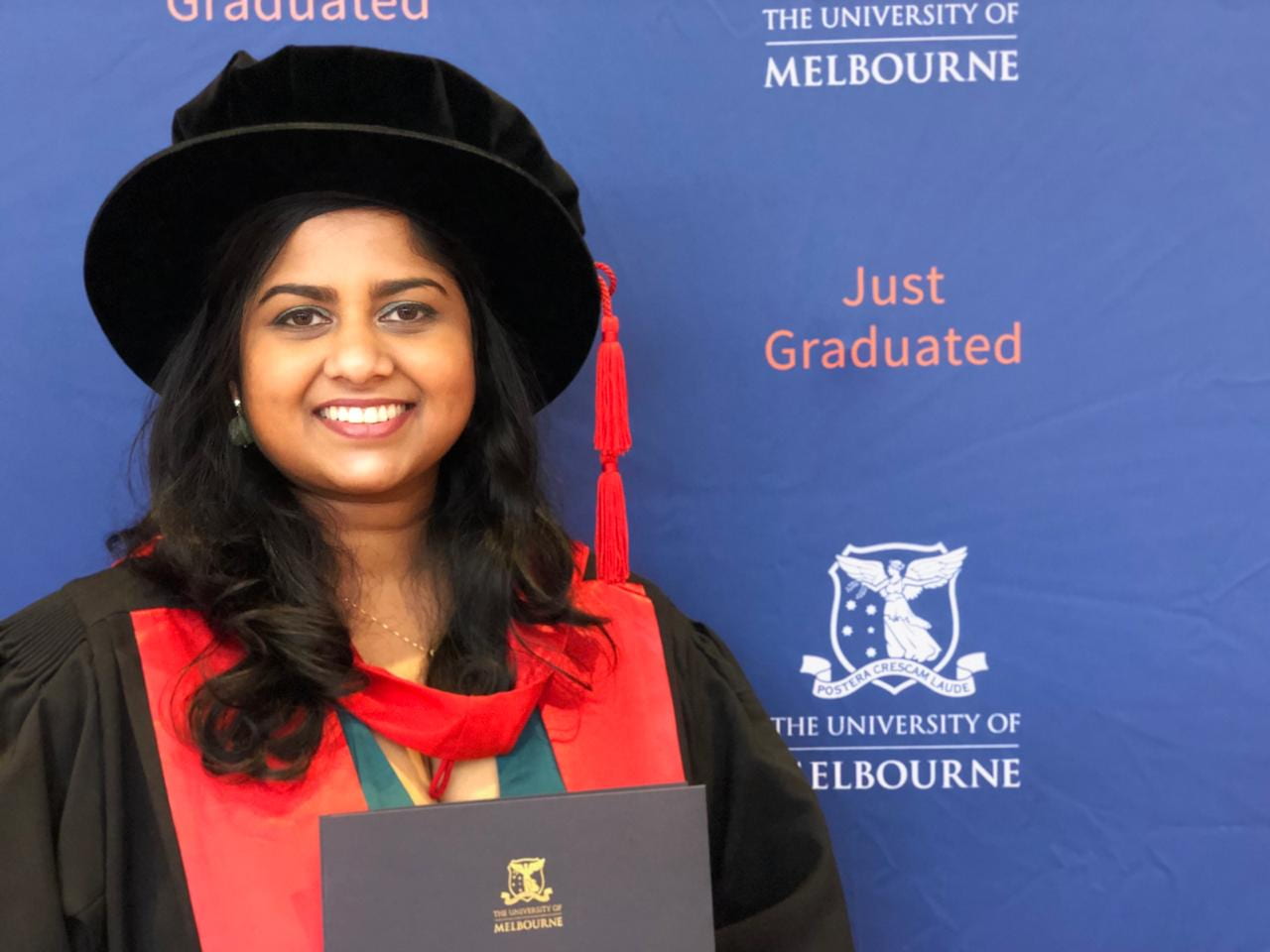Past Members
 Anwar studied the distribution and ecology of Australian grasshoppers for his PhD. He focused on understanding factors that underlie species distribution at different spatial scales. He transcribed and geocoded field notebooks of the Australian orthopterist Ken H. L. Key and used them to in spatial analyses to understand their distributional patterns.
Anwar studied the distribution and ecology of Australian grasshoppers for his PhD. He focused on understanding factors that underlie species distribution at different spatial scales. He transcribed and geocoded field notebooks of the Australian orthopterist Ken H. L. Key and used them to in spatial analyses to understand their distributional patterns.
Gordon Berg was the Victorian Plague Locust Commissioner when he wo rked for the Victorian Government. He completed PhD on the ecology and phenology of the Australian Plague Locust, Chortoicetes terminifera. He investigated what influences whether Australian plague locust outbreaks will, or will not, affect Victoria when source populations exist in other states.
rked for the Victorian Government. He completed PhD on the ecology and phenology of the Australian Plague Locust, Chortoicetes terminifera. He investigated what influences whether Australian plague locust outbreaks will, or will not, affect Victoria when source populations exist in other states.
 Paritosh Bedekar undertook a Masters jointly supervised with Prof. Mark Elgar investigating polymorphism in social insects in relation to thermal physiology. He applied biophysical models to understand the ecological and evolutionary significance of physiological polymorphism in ants.
Paritosh Bedekar undertook a Masters jointly supervised with Prof. Mark Elgar investigating polymorphism in social insects in relation to thermal physiology. He applied biophysical models to understand the ecological and evolutionary significance of physiological polymorphism in ants.
 For her PhD, Himali looked at how extreme heat events affected the heat budgets of Australian flying-foxes (Pteropus spp.), and the roles of morphology, physiology and behaviour. As a postdoctoral project, she extended the heat stress predicting biophysical model to different species of flying-foxes.
For her PhD, Himali looked at how extreme heat events affected the heat budgets of Australian flying-foxes (Pteropus spp.), and the roles of morphology, physiology and behaviour. As a postdoctoral project, she extended the heat stress predicting biophysical model to different species of flying-foxes.
Himali’s website
 Matthew’s research interests lie in foraging theory, individual-based modelling, energetics, and predator-prey dynamics using state-space models.
Matthew’s research interests lie in foraging theory, individual-based modelling, energetics, and predator-prey dynamics using state-space models.

Sophie studied the ecoenergetics of the Western Swamp Tortoise in order to model their translocation viability.
Sophie’s website
 Elia’s research focuses on the effect of climate change on desert dwelling lizards.
Elia’s research focuses on the effect of climate change on desert dwelling lizards.
Elia’s website

Liz’s masters thesis focussed on climatic correlates and the physiological implications of body size variation in the Western Stone gecko, Diplodactylus granariensis.
 Natasha tested and compared correlative and mechanistic species distribution models using the Great Desert Skink, Liopholis kintorei as a study species.
Natasha tested and compared correlative and mechanistic species distribution models using the Great Desert Skink, Liopholis kintorei as a study species.
Natasha’s website

Chris used energy budget and biophysical modelling to assess life history traits and population responses of the bearded dragon, Pogona barbara, to current and changing climatic conditions.
 Maddie’s PhD focused on predicting the responses of the common brown butterfly, Heteronympha merope, to changes in climate using their ecophysiology.
Maddie’s PhD focused on predicting the responses of the common brown butterfly, Heteronympha merope, to changes in climate using their ecophysiology.

Katie researched historical changes and the evolution of the Hylid frogs, Litoria ewingi and L. paraewingi.

Josh researched human-induced changes in the genetic structure of amphibian populations.